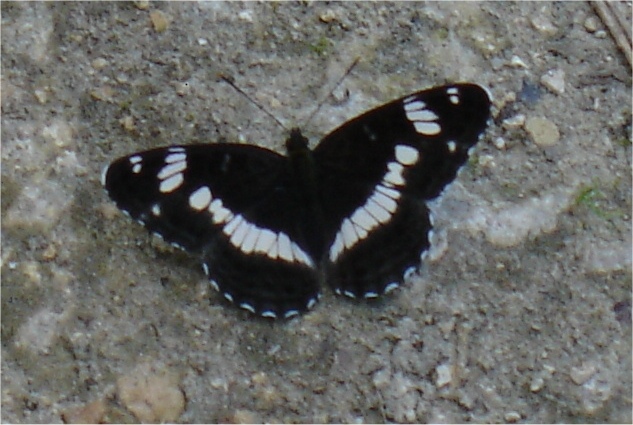Stanmore Common Nature Trail
Short trail post 6:
The young oak tree ahead and to the left has masses of small twigs growing out of the trunk and side branches producing shaggy clusters known as witches’ brooms. Witches’ brooms are formed by many species of trees in response to a wide variety of stress events; it might be a gall-forming insect or mite, aphids or bacterial/fungal colonisation or even mistletoe which sets it off.

Image: Witches’ broom at post 6 by Steve Bolsover
Tykes Water lies a few steps ahead. This is the major stream of the reserve and in early spring is full of young stonefly larvae, an indicator of good water quality. The larvae are nevertheless hard to see because they hide under stones and amongst debris. The adults are poor fliers and stay close to the water.
After crossing Tykes Water look at the sycamore tree to the left of the path. It is covered by what looks like a tangle of rope. This is Honeysuckle, a climbing plant which grows over the woodland floor until it finds a tree to climb up. When it gets to light it flowers. The flowers give a powerful scent which moths love.
Honeysuckle is the food plant of the reserve's rarest butterfly, the white admiral. The adult flies throughout June and July and into August.

Image: White admiral by Steve Bolsover
To
description for short trail post 7
More on some of the birds you are likely to see or hear on the Common
More on the three species of deer on the Common and their tracks
Click
here to learn more about the Harrow Nature Conservation Forum including
guided walks and conservation workdays.





